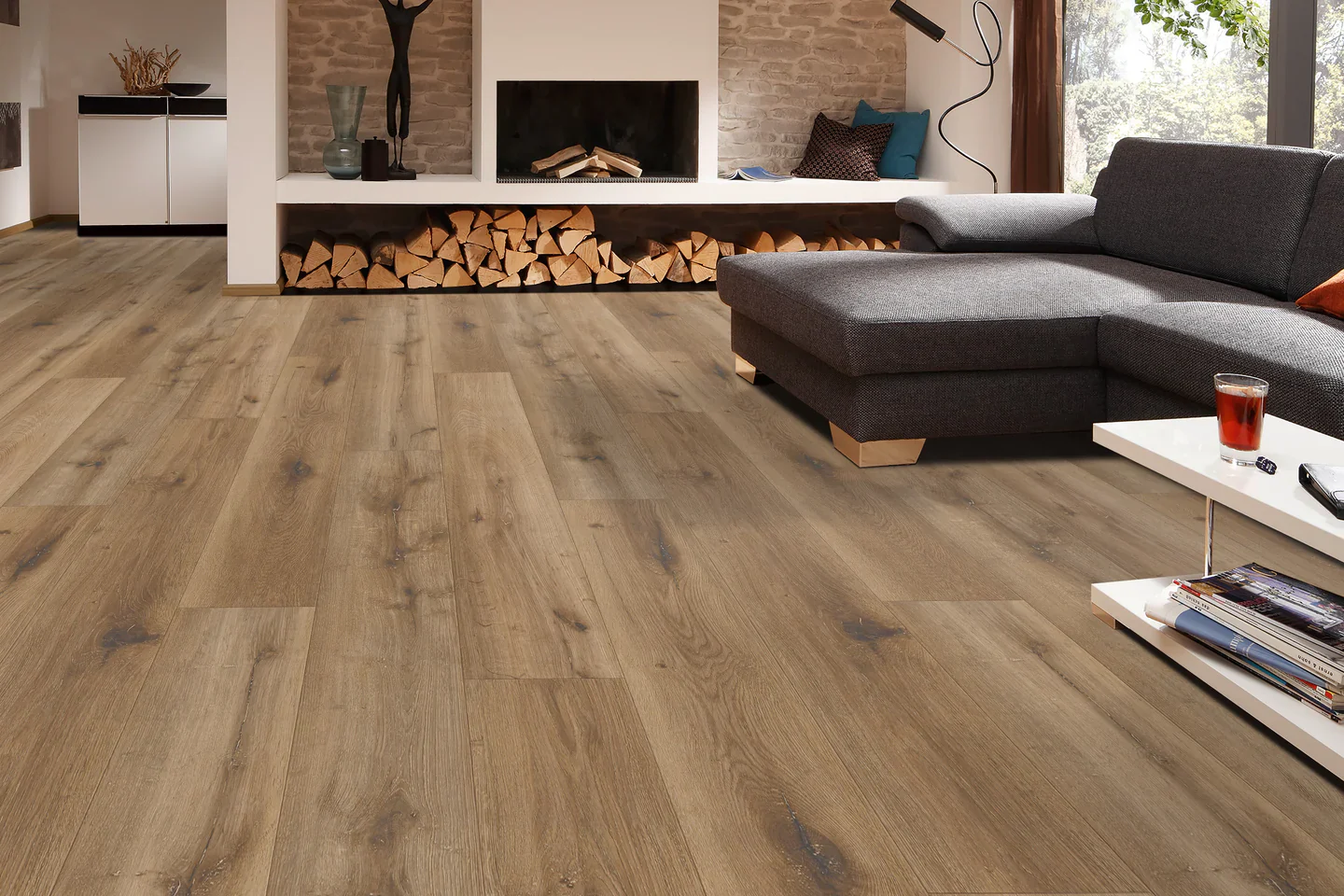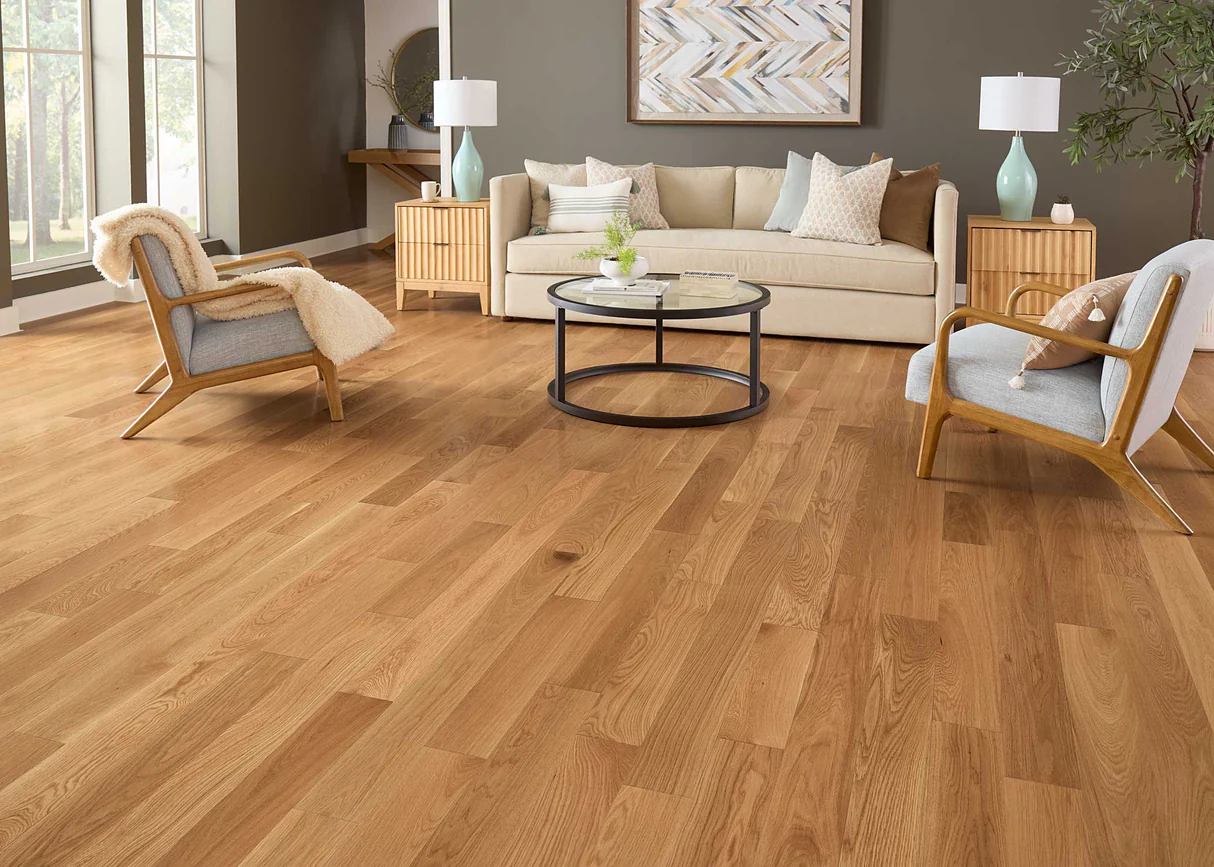Flooring plays a crucial role in the comfort, beauty, and value of your home. Whether you’re renovating a single room or upgrading your entire property, the right flooring can completely transform your space. However, quality flooring can sometimes come with a high price tag — which is why finding affordable yet durable options is so important.
If you live in Canada, you’ll also need flooring that can handle the country’s wide-ranging climate — from icy winters to humid summers. Fortunately, there are plenty of ways to get beautiful, long-lasting floors without overspending. In this guide, we’ll share practical tips for finding the best affordable flooring options in Canada, along with insights on materials, shopping strategies, and budget-friendly installation ideas.
1. Understand Your Flooring Needs First
Before shopping for flooring, take time to evaluate your home’s needs and lifestyle. Ask yourself:
-
What rooms need new flooring?
-
Do you have kids or pets?
-
How much foot traffic does each area get?
-
What’s your total budget, including installation?
For example, if you’re flooring a busy area like a kitchen or hallway, you’ll need a material that’s tough and easy to clean — such as vinyl, laminate, or tile. Bedrooms or basements might allow for softer, warmer materials like carpet or engineered wood.
By knowing what you need upfront, you can avoid overspending on premium materials that aren’t necessary for your lifestyle.
2. Set a Realistic Budget
Your budget will guide nearly every decision you make when shopping for flooring. Start by determining the total area that needs flooring (in square feet), then research the average cost per square foot for different materials.
Here’s a quick breakdown of average flooring prices in Canada (including basic installation):
| Flooring Type | Average Cost (per sq. ft.) |
|---|---|
| Vinyl Plank | $2 – $6 |
| Laminate | $2 – $7 |
| Carpet | $3 – $6 |
| Engineered Hardwood | $5 – $10 |
| Tile | $5 – $12 |
| Solid Hardwood | $8 – $15 |
Keep in mind that prices vary depending on region, brand, and installation complexity. A clear budget helps you focus your search on products that fit your price range without compromising on durability or aesthetics.
3. Compare Flooring Materials
When it comes to affordability, some materials naturally offer better value for money. Here’s how popular options in Canada compare:
Vinyl Flooring
Vinyl plank or sheet flooring is one of the most affordable and versatile choices. It’s water-resistant, easy to install, and available in countless designs that mimic hardwood or stone. Modern luxury vinyl plank (LVP) flooring even offers a realistic wood look with great durability — perfect for basements, kitchens, and bathrooms.
Laminate Flooring
Laminate is another budget-friendly favorite. It provides a wood-like appearance without the cost of real hardwood. It’s durable and scratch-resistant, making it ideal for families and pet owners. Just remember that while most laminates resist moisture, they’re not fully waterproof, so avoid them in wet areas.
Engineered Hardwood
If you love the natural look of wood but not the price of solid hardwood, engineered hardwood is a smart compromise. It consists of a real wood veneer over a plywood base, providing stability and style at a lower cost. It also performs better in fluctuating Canadian temperatures.
Carpet
Carpet is affordable, comfortable, and adds warmth — especially welcome during Canadian winters. It’s ideal for bedrooms and basements but requires regular cleaning and isn’t suitable for moisture-prone areas.
Ceramic or Porcelain Tile
Tile flooring offers a long lifespan and timeless beauty. While the upfront cost can be higher, its durability often makes it a worthwhile investment. Look for clearance or overstock sales to get tiles at discounted prices.
4. Shop Smart — Look for Sales and Discounts
One of the best ways to save on flooring in Canada is to time your purchase wisely. Many retailers offer seasonal sales — especially during spring renovation season or end-of-year clearance events.
Here’s where to look for affordable flooring:
-
Big-box stores: Home Depot, RONA, Lowe’s, and Canadian Tire often have great deals on laminate and vinyl flooring.
-
Local flooring stores: Smaller shops sometimes offer bulk discounts or price matches.
-
Online retailers: Sites like Wayfair, BuildDirect, and Costco.ca frequently offer discounted flooring options.
-
Warehouse outlets: Check for flooring liquidation centers near you that sell manufacturer overstock or discontinued styles at major discounts.
When shopping, ask about warranty coverage, return policies, and whether installation is included or extra. A slightly higher price from a reputable supplier might save you money in the long run.
5. Consider DIY Installation
Labor can account for 30–50% of your flooring costs. If you’re handy, DIY installation is one of the easiest ways to cut expenses.
Vinyl planks and laminate floors often feature click-lock systems that make installation straightforward, even for beginners. There are plenty of online tutorials and videos to guide you through the process.
However, if the material requires special tools or cutting (like tile or hardwood), it’s best to hire professionals to avoid costly mistakes.
6. Mix and Match Flooring Types
You don’t have to use the same flooring throughout your home. Mixing materials based on room function can be both practical and cost-effective.
For instance:
-
Use luxury vinyl in moisture-prone areas like bathrooms or basements.
-
Install laminate in high-traffic living spaces.
-
Add carpet in bedrooms for warmth and comfort.
This approach allows you to balance aesthetics, functionality, and budget across your entire home.
7. Choose Durability Over Cheap Prices
While it’s tempting to go for the lowest-cost flooring, ultra-cheap materials may wear out quickly — costing you more in repairs or replacements later.
Focus instead on value, not just price. Look for:
-
Warranties (a good sign of manufacturer confidence)
-
Water resistance
-
Scratch resistance
-
UV protection (for sunlit rooms)
A mid-range vinyl or laminate that lasts 15 years is a better deal than a cheap one that needs replacing after 5.
8. Check for Eco-Friendly Options
Many Canadians today are prioritizing sustainable and environmentally friendly home upgrades. Fortunately, budget-friendly flooring can also be eco-conscious.
Options include:
-
Cork flooring – Renewable and naturally resistant to mold and pests.
-
Bamboo – Grows quickly and looks like hardwood at a lower price.
-
Recycled materials – Some vinyl and laminate brands use recycled cores or eco-certified materials.
Not only are these better for the planet, but they can also improve indoor air quality — a big plus for families with allergies.
9. Take Advantage of Local Expertise
Don’t underestimate the value of local flooring experts. In cities like Toronto, Calgary, or Vancouver, regional specialists understand the local climate and can recommend the best materials for your area’s humidity and temperature swings.
Many local showrooms also allow you to see and touch samples in person, which helps you choose flooring that feels right and matches your home décor.
10. Ask About Financing and Warranties
Some Canadian flooring retailers offer financing plans that let you spread out payments over several months. This can help you invest in slightly higher-quality flooring without straining your budget.
Also, always check for warranties — especially for wear, water damage, or fading. A good warranty provides peace of mind and long-term value.
11. Maintain Your Floors to Extend Lifespan
Once you’ve installed your new floors, proper maintenance will help them last longer and look great.
-
Sweep and mop regularly to prevent dirt buildup.
-
Use rugs and mats in high-traffic areas.
-
Avoid harsh cleaners that can damage finishes.
-
Use felt pads under furniture to prevent scratches.
With consistent care, even affordable flooring can stay beautiful for many years.
12. Get Multiple Quotes Before Buying
Before finalizing your purchase, compare at least three quotes from different retailers or installers. This ensures you’re getting a fair price and helps you spot any hidden costs.
When requesting quotes, make sure they include:
-
Material cost per square foot
-
Underlayment or padding (if needed)
-
Installation charges
-
Removal/disposal of old flooring
-
Taxes and delivery fees
Transparency is key to avoiding budget surprises later.
Final Thoughts
Finding the best affordable flooring options in Canada doesn’t mean you have to sacrifice style or quality. With a clear budget, careful research, and smart shopping, you can create stunning floors that stand up to daily life — and Canada’s ever-changing climate — without breaking the bank.
From durable vinyl and laminate to warm carpet and eco-friendly cork, there’s a cost-effective flooring solution for every home and lifestyle. By combining the right materials with proper maintenance and installation, you’ll enjoy beautiful, long-lasting results for years to come.



